7 Adorable Animals That Are Also Evolutionary Weirdos
In Consider the Platypus, science journalist and comedy writer, Maggie Ryan Sandford, explores the weird, complicated history of evolution through some of the strangest animals on earth (and a few animals you didn’t know were strange!).
Here’s a list of the top cutest, and why they’re weird:
1) Axolotl
Over 65 million years ago, axolotls split from the lineage of the giant salamander and the extremely freaky Mexican mole lizard. Axolotls are their cute, millennial pink cousins who can regenerate their tails, limbs, and lens of their eyes!
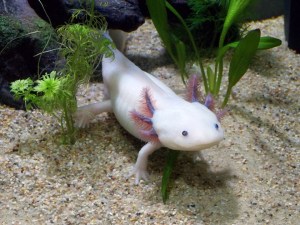
2) Bonobo
Bonobos are tied with chimpanzees as our closest cousins (sharing 99.6% of our DNA), which is honestly a huge compliment considering how adorable they are. Compared to chimps, bonobos are more socially intelligent, more cooperative, and have a more human body shape.
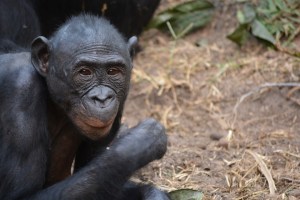
3) Manatee
Manatees have highly sensitive whiskers and a cetacean body shape that is similar to whales, dolphins, and porpoises (even though they come from very different lineages). Manatees are way less hydrodynamic, but their curves make them cuter.
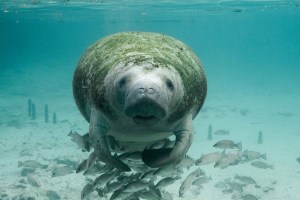
4) Nine-Banded Armadillo
The armadillo shares an ancient ancestor with the two-toed sloth! Unlike the sloth, the armadillo has evolved to walk on the tip of its claws, protect itself with a hard, scaly shell, and lose its baby teeth.
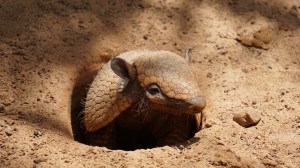
5) Hoffman’s Two-Toed Sloth
Lazy, tree-loving sloths are surprisingly good swimmers! They also have “extra” neck, meaning that three-toed sloths have evolved to have more neck vertebrae than other sloth species (and most other mammals!).
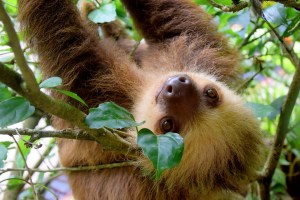
6) Galapagos Turtle
Darwin’s famous faves are considered “giant” today, but their prehistoric predecessors were actually giant, growing to nearly 10 feet in length in some cases. If you really wanna freak out about giant turtles, look up the extinct marine turtle, the Archelon.
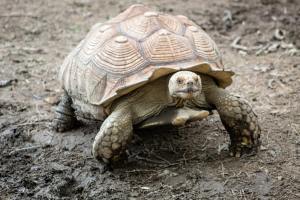
7) African Elephant
Elephants have evolved to have the largest brain of any living land mammal. Size doesn’t say it all, but elephants show signs of acute intelligence through play, learning, memory, and problem solving. Like bonobos, they can even recognize themselves in the mirror.
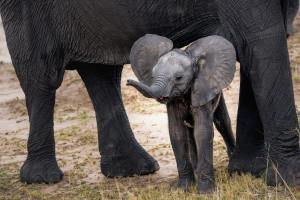
You can read more about these, and more evolutionary weirdos, in Maggie Ryan Sandford’s book Consider the Platypus: Evolution through Biology’s Most Baffling Beasts. 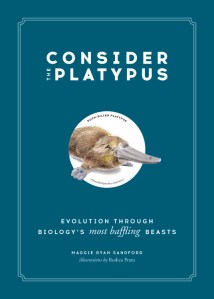
Read more about the book, take a “Which Evolutionary Outlier Are YOU?” Quiz, and download STEM-activity pages suitable for all ages; click here!